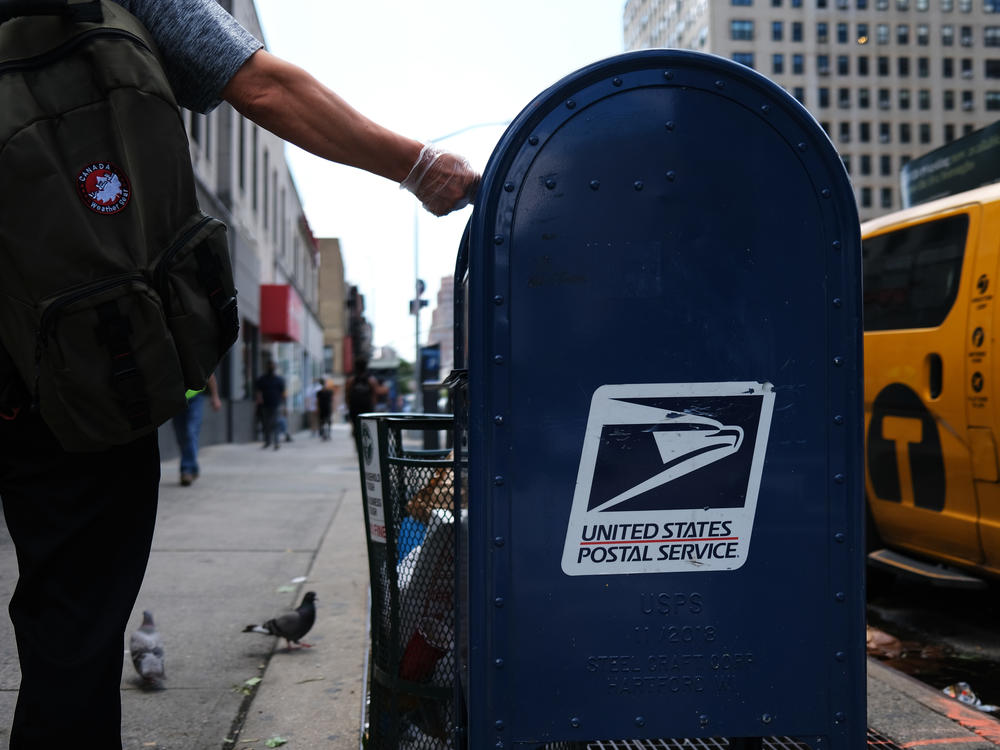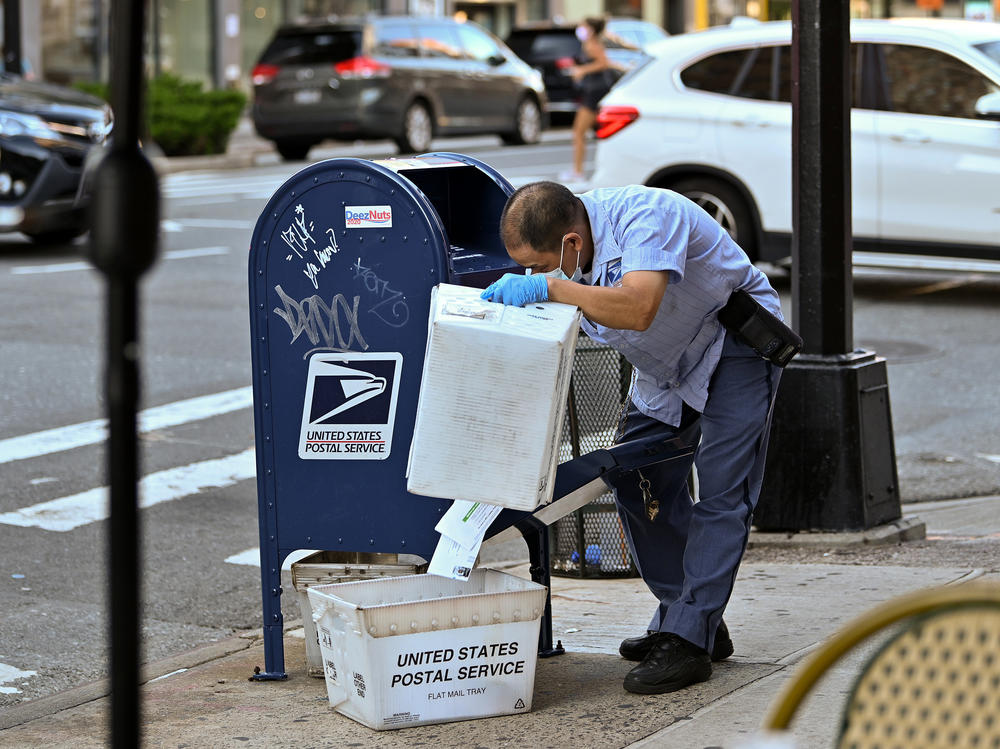Section Branding
Header Content
Check fraud is on the rise. Here's what you need to know and how to avoid it
Primary Content
Check fraud has spiked in the U.S. as thieves use age-old tricks to swindle Americans out of their money and sell bogus checks on the darknet, a monitoring group has found.
Mail-related check fraud has been rising since August, according to the Evidence-Based Cybersecurity Research Group at Georgia State University, which has been tracking the trend.
And it warns that criminals have a pretty easy time when it comes to getting their hands on your checks.
"Some of them simply go to your home mailbox and take the mail you left for the post office to pick up," said David Maimon, an associate professor of criminal justice and criminology at Georgia State University and director of the Evidence-Based Cybersecurity Research Group.
"Others simply go to the blue boxes with the keys that they were able to steal from some of the mailmen out there, empty the boxes and get the checks that some of us send to our utility companies or our loved ones when we want to send a gift. That's how easy it is."
The cybersecurity group found an average of 1,325 stolen checks up for sale every week during October. This was more than double what it saw in September, when the average was 634 a week, and triple the 409 average in August.
Writing in The Conversation, Maimon said that these numbers were only a snapshot into the 60 markets his group monitored and that thousands of darknet markets are in operation. He estimates the face value of the checks his group found in October, as written, was $11.6 million — but again, this was only a small portion of the total amount.
How thieves use the checks
Once they have the checks in hand, the criminals do a bit of old-school editing before selling them, Maimon said.
"They take the check. They take a screenshot just in case. And then they use nail polish remover to remove the payee, as well as the amount that the victim essentially wrote on a check," Maimon said. "Once they have that, they take another picture and then they upload the picture with the clean check on several darknets, as well as encrypted communication platforms that facilitate the online fraud underground markets."
Banks are usually good about replacing the stolen money when this happens, but stolen identities can also be part of the con and are often harder to fix.
Checks include the name and address information that criminals use as part of identity theft. They can open bank accounts and apply for loans on behalf of the victim, Maimon said.
"They are printing and manufacturing fake IDs, using the victim's information and simply embedding different pictures to go along with the fake driver license or passport or whatever," he said.
The modern twist to check fraud
Check fraud itself isn't new, but it's the sale of these checks on the dark web that gives this tale a more modern turn. Maimon said the monitoring that his group does of darknet markets is what allowed them to see this trend.
As for why this is happening now, Maimon has a few hypotheses.
"After we started talking about what we are seeing on several platforms, we got contacted by a few folks who work with the USPS inspectors who told us that USPS withdrew funding to the inspectors," Maimon said.
He said that this may have led to fewer inspectors monitoring the ubiquitous blue collection boxes, making them more vulnerable to targeting. He said he hadn't taken his findings to the U.S. Postal Service directly.
In a statement, the U.S. Postal Service told NPR that mail theft like this falls under the jurisdiction of postal inspectors.
"The U.S. Postal Inspection Service takes seriously its role to safeguard America and will continue to aggressively pursue perpetrators that use the U.S. mail system to further their illegal activity," the agency said.
"Every day, the U.S. Postal Service safely and efficiently delivers millions of checks, money orders, credit cards and merchandise. Unfortunately, such items are also attractive to thieves and that is why Postal Inspectors across the country are at work to protect your mail."
If you are worried about sending your checks in the mail and don't want to use an online bill-pay service or the likes of Venmo or PayPal, Maimon has a tip.
"I think that what folks want to do if they want to prevent this crime from happening and prevent themselves from falling victim to this crime is simply go to the nearest post office store and simply give their mail to the vendor over there," he said.
Copyright 2022 NPR. To see more, visit https://www.npr.org.
Bottom Content


